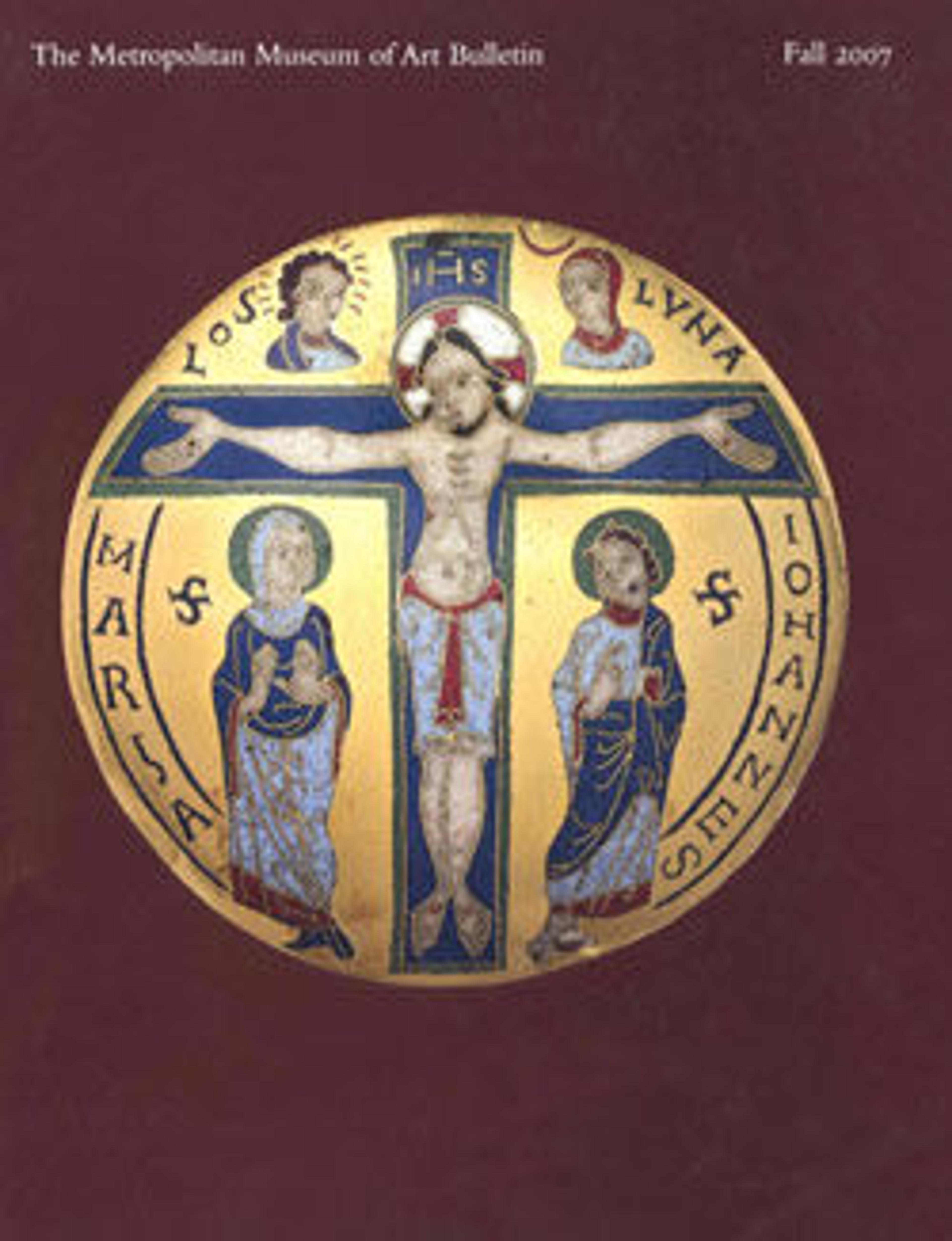Stove Plate
Firebacks and single plates from stoves are about all that survive to remind us of the great iron foundries of New Jersey and eastern Pennsylvania that were part of the largest industry in colonial America. The ornamental plates, though of the basest of metals, were cast from mahogany patterns, the handiwork of the best furniture carvers. Early examples were decorated with biblical quotations and static arrangements of hearts and tulips that followed German precedents (47.137.10). Plates made after 1770 and decorated with the playful naturalistic motifs of the English rococo, dismissed as decadent by early twentieth-century collectors, are now exceedingly rare. This plate, without foliage, features a ribbon-like banner inscribed "ROSS & BIRD + HIBERNIA FURNACE 1782." George Ross and Mark Bird Jr., leading entrepreneurs in the Pennsylvania iron business, operated the Hibernia Furnace in Morris County, New Jersey, in the 1780s.
Artwork Details
- Title:Stove Plate
- Maker:Cast by Hibernia Furnace , Morris County, New Jersey
- Date:1782
- Geography:Made in Morris County, New Jersey, United States
- Culture:American
- Medium:Cast-iron
- Dimensions:12 x 29 3/4 in. (30.5 x 75.6 cm)
- Credit Line:Purchase, The Dobson Foundation Inc. Gift, 2006
- Object Number:2006.548
- Curatorial Department: The American Wing
More Artwork
Research Resources
The Met provides unparalleled resources for research and welcomes an international community of students and scholars. The Met's Open Access API is where creators and researchers can connect to the The Met collection. Open Access data and public domain images are available for unrestricted commercial and noncommercial use without permission or fee.
To request images under copyright and other restrictions, please use this Image Request form.
Feedback
We continue to research and examine historical and cultural context for objects in The Met collection. If you have comments or questions about this object record, please contact us using the form below. The Museum looks forward to receiving your comments.
